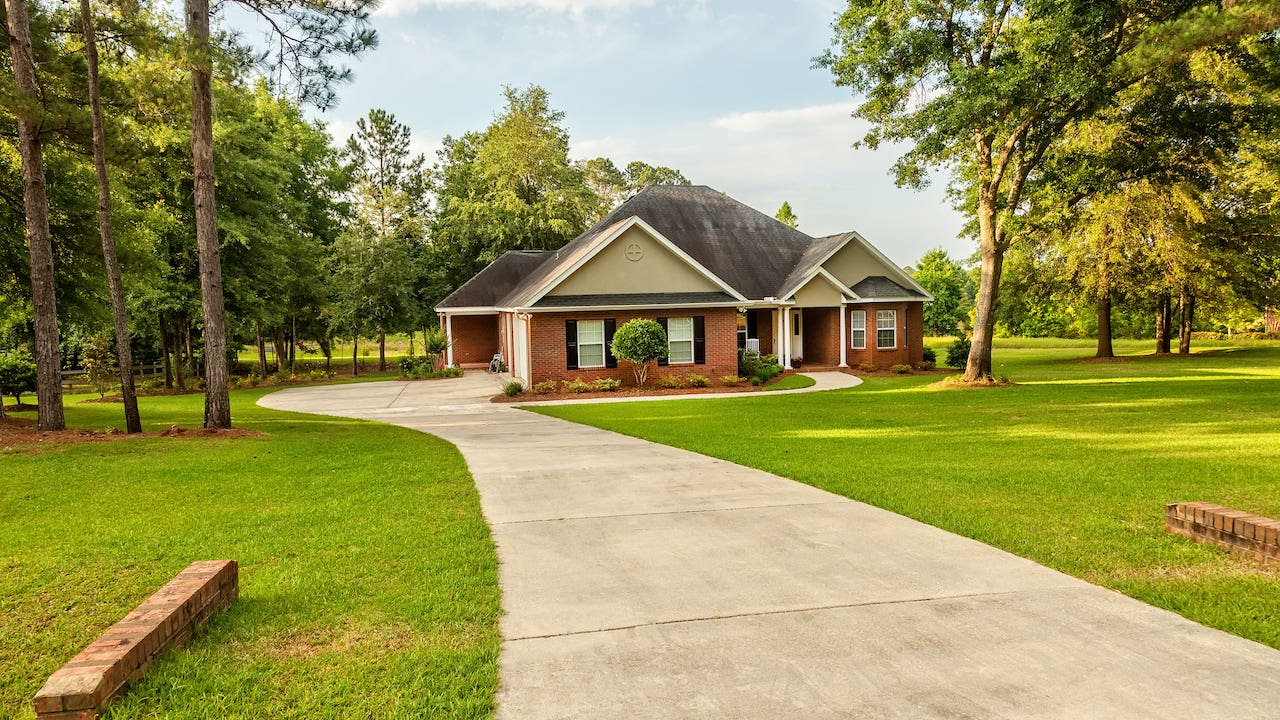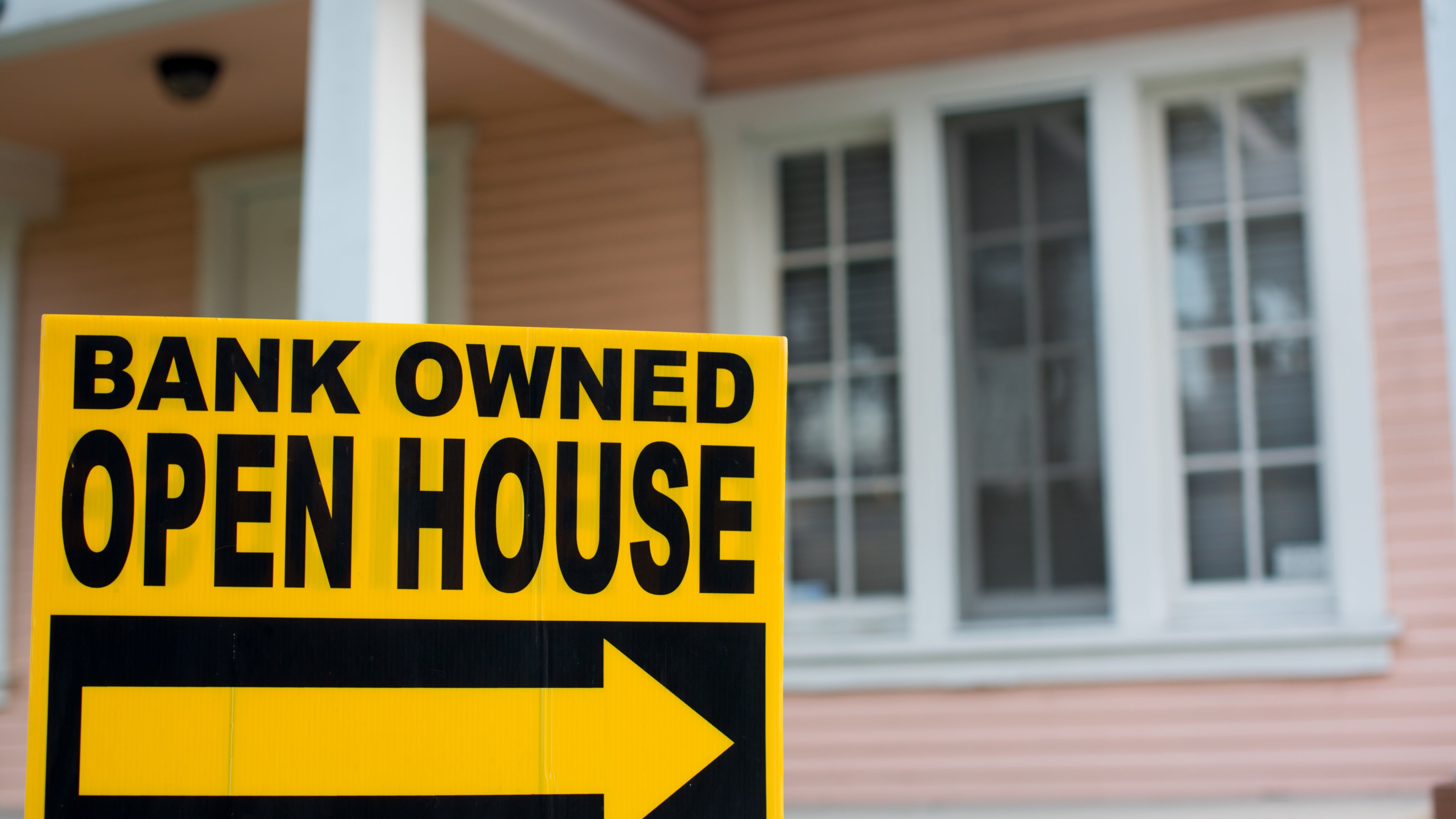What is a flag lot in real estate?




Flag lots are a unique type of land parcel in real estate. Their unusual shape and configuration with respect to bordering properties can offer greater privacy than traditional lots — but these plots of land also come with their own set of disadvantages. Read on to learn more about flag lots, including the pros and cons of this type of property.
What is a flag lot?
Most single-family homes are built on a plot of land, called a lot, that borders the street along one side (or two sides, for a corner lot). Flag lots are different — named for their resemblance to a flag on a pole, these plots have a long, slender strip of land (the pole) extending from the street to the typically rectangular main part of the lot (the flag). The pole section of a flag lot is usually just a driveway, which provides street access but doesn’t open up into actual, buildable land until it reaches the flag section.
How they differ from other lots
These irregularly shaped parcels of land can be a unique draw for some homebuyers. Their lack of street frontage means they can be surrounded by trees, not by traffic, for example. In addition, those who value privacy might like them because a home built on a flag lot typically cannot be seen from the street. However, these lots are often considered undesirable, especially in densely populated areas, because they are hemmed in by neighbors on all sides. Developers often put flag lots on cul-de-sacs, which typically have limited frontage, to help them fit in more houses. Below, we’ll expand on the benefits and drawbacks of homes built on flag lots.
Pros of a flag lot
Advantages of a flag lot include:
- More privacy: Homes on flag lots often can’t be seen from the street, offering greater privacy than most curb-site lots.
- Peace and quiet: Being set back, tucked away from busy thoroughfares, limits traffic noise and creates a sense of seclusion.
- Lower price: Flag lots are frequently cheaper than more typical subdivided lots.
Cons of a flag lot
There are disadvantages to flag lots as well, including:
- Access issues: Single driveways tucked between two street-fronting homes can be hard to spot from the street, which may make it tricky for guests — and service or emergency vehicles, like a delivery truck or an ambulance — to find the home. In addition, the driveway “flagpoles” tend to be narrow, which makes it easy for them to be obstructed by tree branches, flooding or snowdrifts.
- Possible need to extend utility lines: Due to the unique shape of these lots and their distance from the curb or street, you may have to pay for the cost of extending utility lines to the property.
- Lack of curb appeal: Because these lots have no street frontage, they have no curb appeal to speak of, which tends to make them less desirable.
- Zoning issues: Many jurisdictions do not allow flag lots because they can allow for an increase in density that the area’s zoning did not anticipate, among other reasons. And if an area’s zoning unexpectedly changes, these lots may potentially become unbuildable.
- Lot-size requirements: Many areas have minimum-lot-size requirements for home construction. Due to their unique configuration, and depending on where bordering property lines fall, flag lots may not meet the required size. The pole may actually be excluded from the calculation of lot size.
Bottom line
Flag lots are plots of land named for their resemblance to a flagpole, with a long, slender strip (typically just a driveway) extending from the street up to a rectangular main section. The main part of the lot is surrounded by neighbors on all sides, with no street frontage (beyond the driveway), which can be a positive or a negative depending on your preferences. Flag lots are frequently considered undesirable by homebuyers — and thus, they are often cheaper than more standard-shaped lots.




